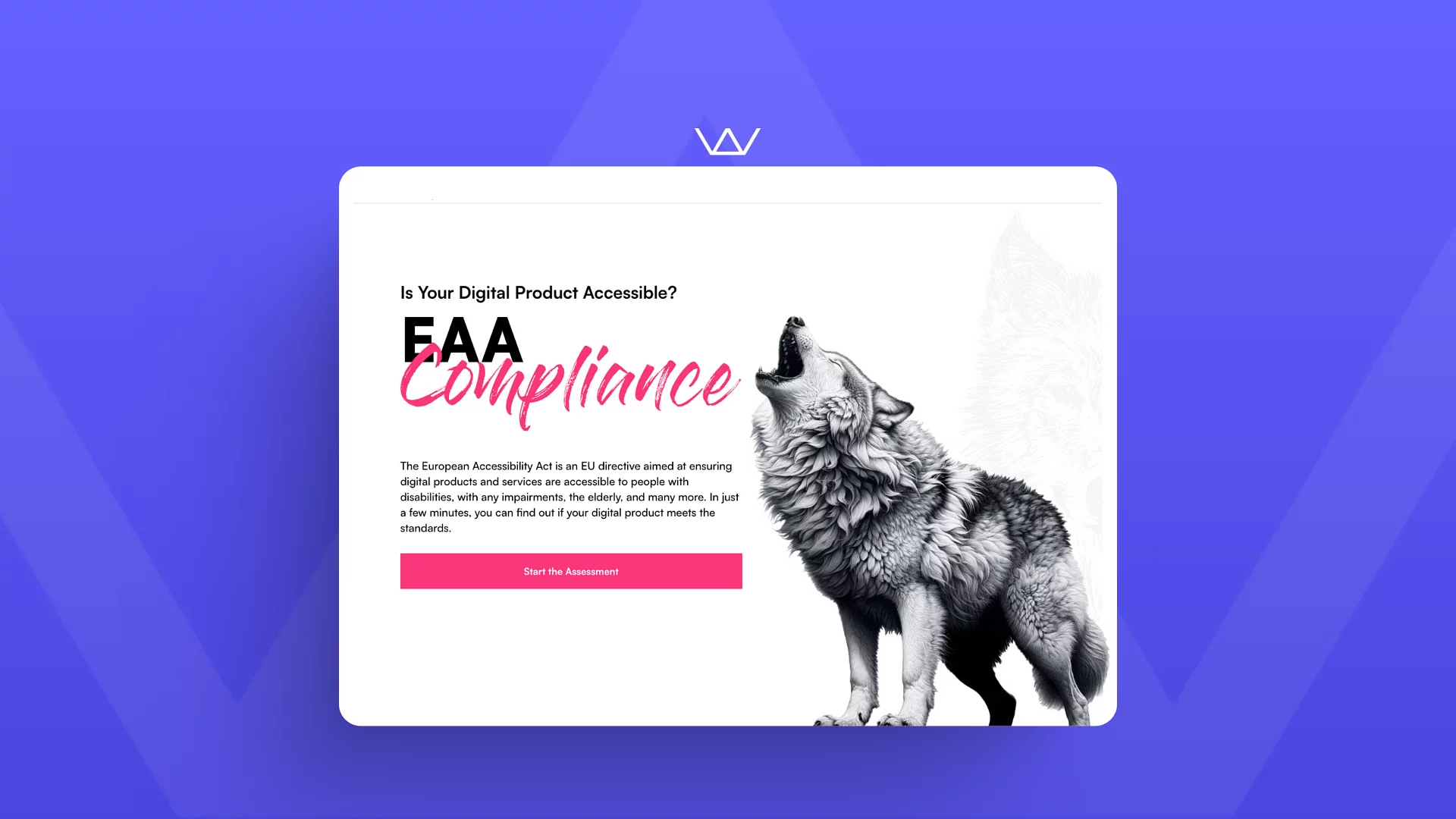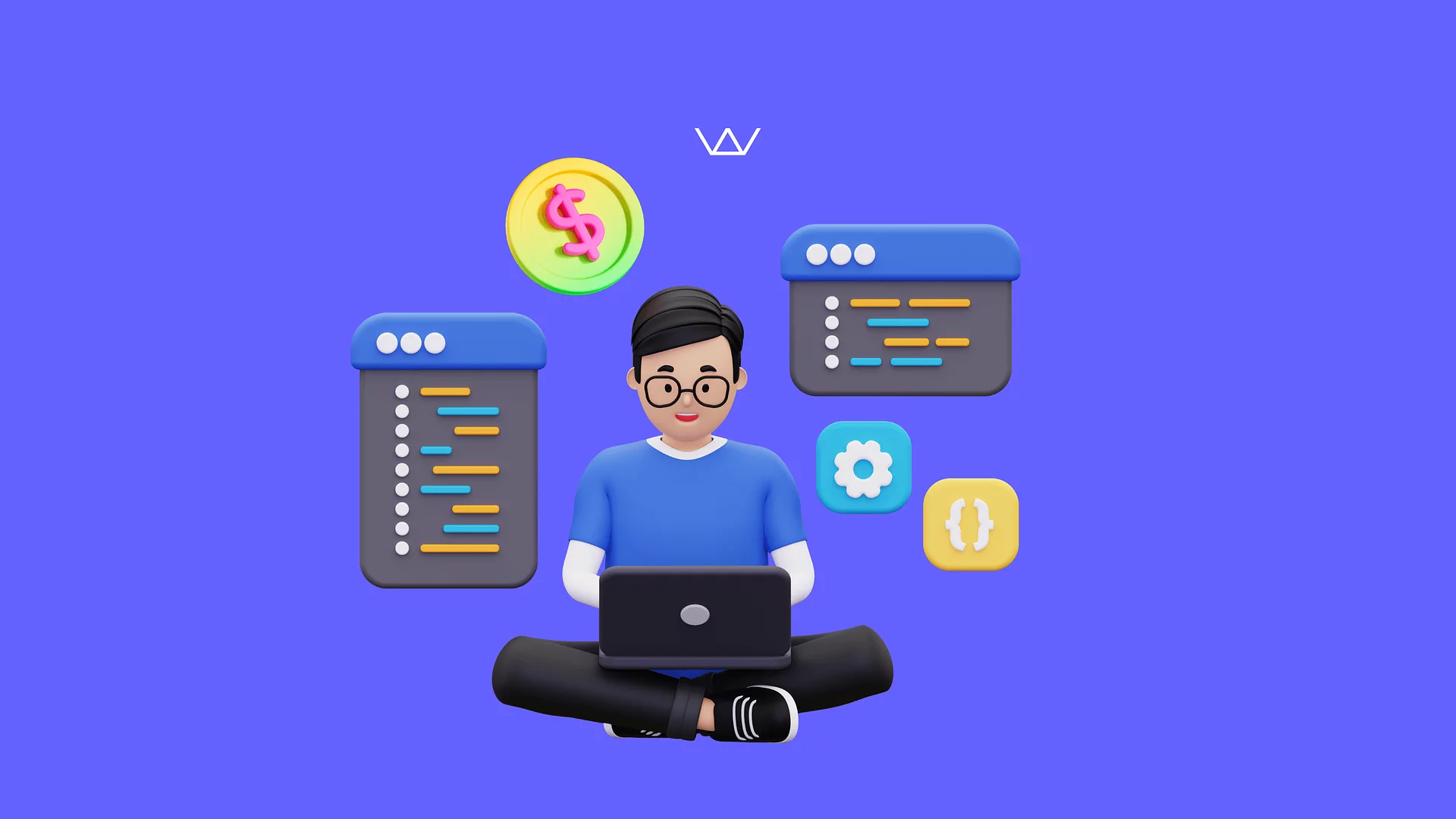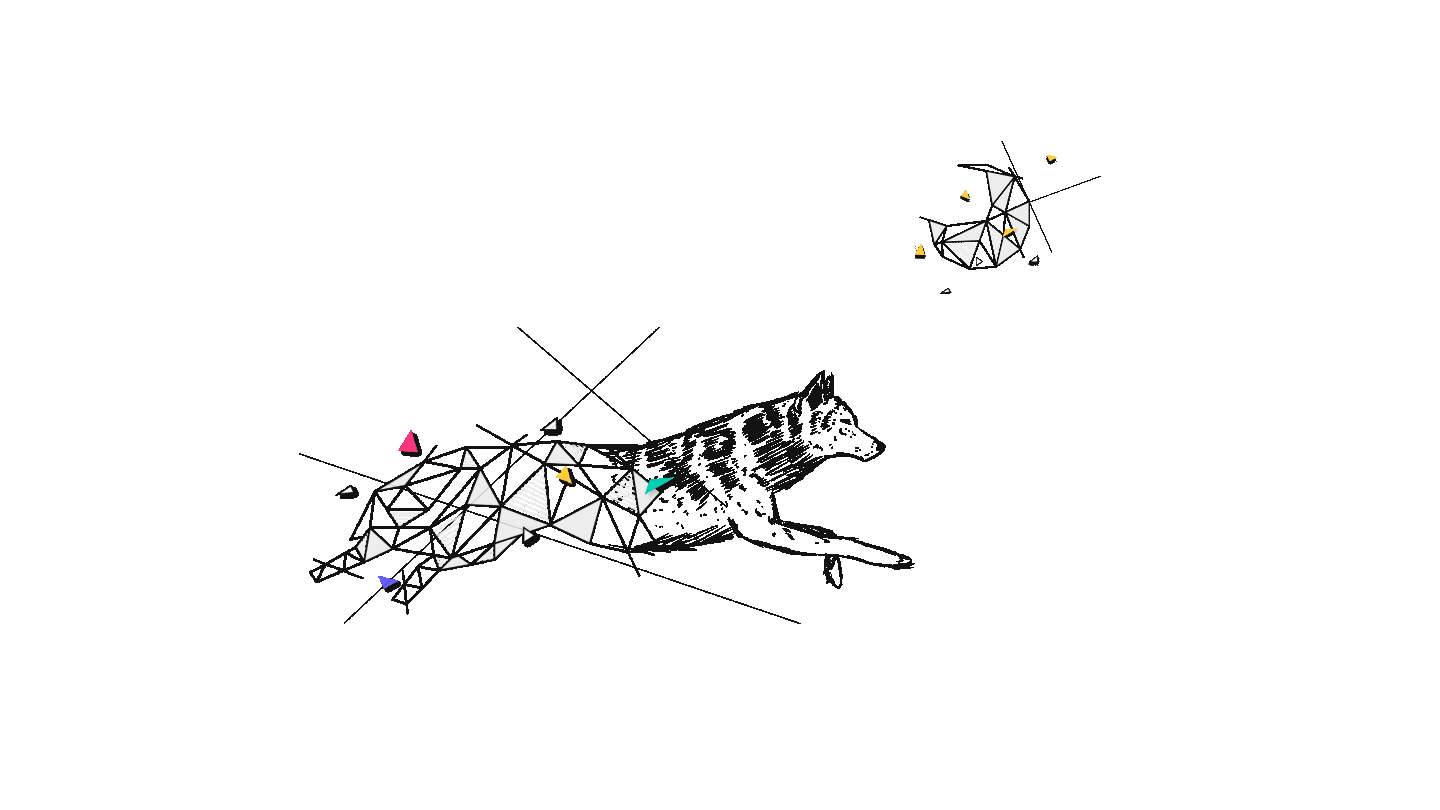
Where does a designer fit in the Product Development Process?
Cristian
Head of UX/UI Design
5 min
Jul 7, 2022
As product designers, we are heavily involved in the decision-making process throughout a product’s lifecycle. From the early stages of problem definition to brainstorming solutions in the product’s growth stage, there is no way to avoid the responsibility of making design decisions and having ownership over them. In this article, we aim to present each stage of the product development process and the designer’s impact on them.
Let’s begin! 💪
Understanding Product Development 🧩
Product development is a multifaceted process that involves creating new products or services to meet the needs of a specific target market. It requires a deep understanding of customer needs, market trends, and business goals. Effective product development is crucial for businesses to stay competitive and drive growth. By focusing on idea generation and refining those ideas through various stages, businesses can bring innovative products to market that resonate with their audience.
The Product Development Life Cycle
The product development life cycle is a structured approach that guides the creation of new products. It typically includes the following stages:
- Idea Generation: This is the initial phase where new product ideas are identified. It involves market research, customer feedback, and internal brainstorming sessions to uncover potential opportunities.
- Concept Development: In this stage, product ideas are refined through concept testing, user research, and business analysis. This helps in shaping the initial idea into a viable product concept.
- Design and Prototyping: Here, the design concept is created, and prototypes are developed. These prototypes are then tested with customers and stakeholders to gather feedback and make necessary adjustments.
- Testing and Validation: This stage involves conducting usability testing, A/B testing, and other validation methods to ensure the product meets customer needs and expectations.
- Launch: The final stage is launching the finished product to the market. Post-launch, the product is iterated based on customer feedback to continuously improve and adapt to market demands.

Product Development Stages 🏗️
A digital product development process is said to be divided into four main stages:

1. Product Strategy 📝
In this stage, for designing new products, designers, product owners, business developers, stakeholders, and clients collaborate closely to identify the problem or need they are trying to solve, find a unique value proposition, build the business model, conduct market research, define the target market, user research, and competition analysis, and finally, set clear and measurable product objectives. A crucial element in this stage is the product roadmap, which aligns team efforts and facilitates communication throughout the product's life cycle.
2. Product Design 🖌️
The product design phase follows shortly after the requirements are clear, and we can define a product’s scope and the user journey map. Starting from early assumptions, the mobile and web design decisions can be materialized into a low-fidelity wireframe for early peer-testing or to (in)validate some proposed solutions. It’s the most extensive stage in the agile design process because this is where the product takes shape.
3. Development 🛠️
The development stage usually (but not always, e.g., in Dual-Track Agile process) starts after the design sprint process is fully completed, and we have clear design deliverables, such as a strong brand identity, a high-fidelity prototype, development-ready assets, and well-documented product requirements. Even in the mobile and web development stage, a designer’s involvement doesn’t stop. Following a methodology like the product development process, the product is in a continuous measure-validate-design/develop-iterate-release loop.
4. Launch & Product Growth 🚀
This stage is the moment when the product reaches the market, and we can gather data from active users and validate or invalidate how users interact with the product. This is the time when designers can grow and expand their knowledge the most, deepen their passion for solving problems, and refine their research techniques. 🤩
Where does a designer fit in each product lifecycle stage? 🙋
A UX/UI designer and development team wear many hats throughout this process. From facilitator to researcher to designer & user advocate, their role is crucial for a healthy product approach. Let’s go through the stages again and focus on the designer’s contributions and responsibilities. The following design sprint phases and deliverables are expected:

Product Discovery, Market Research & Analysis 🔎
- Ensure balance between user needs and business goals, bringing simple but efficient solutions.
- Assist stakeholders and product owners in making decisions about UX flows and their impact on the end user and business.
- Developing a clear product idea is crucial during the early stages of new product development. A well-defined product concept should outline critical aspects such as target market, features, benefits, and pricing.
- Optionally: participate in brainstorming sessions on how the monetization model can be optimized. ⚡
Product Design 🎨
- Wireframing: Using clear product requirements and following user stories closely, the designer can combine the puzzle pieces to find order in chaos. This is the most valuable contribution, where decision-making skills can shine best because the flow’s composition can make or break a product.
- Branding & Design Systems: After the wireframing stage is complete, the designer can put on the creative hat, giving the product its specific personality through branding, colors, visuals, and typography. Building a product using a design sprint template is a bulletproof way to ensure scalable and sustainable solutions.
- UX/UI Design & Prototyping: In this UX/UI designer role, designers finally put all the puzzle pieces together to form the complete product. Stakeholder, team, and end-user feedback is expected to appear most at this stage, with everyone looking at a complete prototype. Effective software development is crucial during these stages to ensure quality and functionality before going live with a new product. 💻
Development Stage 👷
- Here, the designer takes a passenger seat but remains present and involved. This is where developers need the most guidance—technical solutions are discussed, and design decisions are reconsidered. Product management plays a crucial role in coordinating teams and ensuring effective communication across the cross-functional team, which ensures consistency.
Product Growth, Usability Testing & Optimization 🌱
- In this stage, the designer’s role is that of an assistant and advisor, making data-driven decisions to achieve business goals such as increasing engagement, identifying new user types, increasing revenue, and developing new features. A well-defined product roadmap is crucial in guiding the development and optimization of these new features, ensuring alignment with the overall product vision and business goals.
- Research methods such as A/B testing and user interviews help analyze feedback and guide the product development process.
Essential Skills for a Designer in Product Development
Designers play a pivotal role in the product development process. Here are some essential skills they bring to the table:
- User Research: Conducting thorough research to understand customer needs, preferences, and behaviors is crucial. This helps in creating user-centric designs that resonate with the target audience.
- Design Thinking: Applying design thinking principles allows designers to develop innovative solutions that address real user problems.
- Prototyping: Creating prototypes is essential for testing and validating design concepts. It helps identify potential issues early and make necessary adjustments.
- Usability Testing: Conducting usability testing ensures that the product is user-friendly and meets the intended user experience goals.
- Collaboration: Working closely with cross-functional teams, including development, marketing, and sales, is vital for a cohesive product development process. Effective collaboration ensures that all aspects of the product align with the overall business strategy.
Aligning with Business Goals
For product development to be successful, it must align with the overarching business goals. Here are some key areas to focus on:
- Competitive Advantage: Creating a unique value proposition that sets the product apart from competitors is essential. This helps in attracting and retaining customers.
- Target Market: Identifying and understanding the specific target market allows for tailoring the product to meet their needs and preferences.
- Revenue Growth: Developing a product that drives revenue growth is a primary business objective. This involves creating a product that not only meets customer needs but also contributes to the company’s financial goals.
- Customer Satisfaction: Ensuring that the product meets and exceeds customer expectations is crucial for long-term success. Satisfied customers are more likely to become repeat buyers and brand advocates.
- Return on Investment (ROI): The product development process should be efficient and provide a strong ROI. This involves careful planning, resource allocation, and continuous improvement to maximize the value derived from the product.
By understanding the product development life cycle, honing essential skills, and aligning with business goals, businesses can create successful products that drive growth and revenue.
Conclusion 🧠
To sum up, a designer’s contribution to a product development cycle isn’t just limited to ensuring that the application makes sense from a UX standpoint or designing the UI components. A good designer understands that a holistic approach—considering business goals, user needs, and technical constraints—heavily impacts the product’s outcome. I hope you found valuable insights about a UX ui designer role in the product development stages! 🤝
As a UX/UI design and app development agency, we at Wolfpack Digital have the expertise to bring ideas to life through web and mobile apps. If you want to learn more about the big and small decisions throughout the digital product development process, check out how Wolfpack Digital does it!
pack knowledge

Q1/2025 Wrap-Up: A New Year, the Same Pack
Oana
Marketing Specialist
7 min
May 9, 2025
2025 started strong for us, with bold new projects published on our website, team celebrations, and impactful community involvement. Recognized by industry leaders and committed to building accessible, high-performing digital products, we are setting the tone for another outstanding year. Here’s to the journey ahead! 🐺✨

Is your digital product ready for the European Accessibility Act (EAA)? Take the assessment to find out!
Oana
Marketing Specialist
5 min
Mar 20, 2025
With the 2025 deadline approaching, ensuring your website or app meets accessibility standards is important. Our free EAA assessment helps you quickly check compliance and identify areas for improvement. At Wolfpack Digital, we specialize in making digital products accessible, user-friendly, and future-proof. Take the assessment today and ensure your platform is inclusive for all users!

How Much Does Web Development Cost? A Complete Guide
Oana
Marketing Specialist
10 min
Feb 26, 2025
Building a website is more than just designing pages—it’s about creating a functional, high-performing, and scalable digital presence that meets your business goals. Whether you're launching a simple business website, an e-commerce store, or a custom web platform, the cost and approach will vary based on complexity, functionality, and long-term needs.


Brief us and let’s work together
